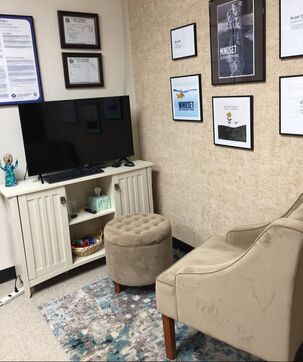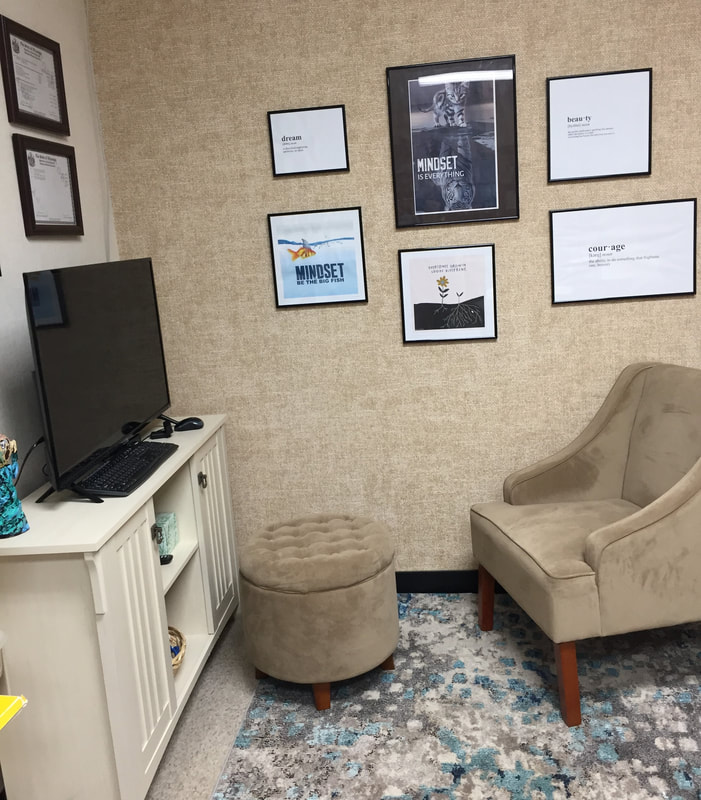|
School-based mental health allows students to receive mental health services from a licensed clinical counselor right in the building during school hours.
By offering those services through telehealth the counselor and student meet through a video and audio connection. Counseling sessions are more readily available— avoiding long wait times for initial appointments, students miss fewer hours from school, and securing services is easier for parents. The school's role changes from being a "base" to being one of "support"-no longer school-based mental health, but school supported mental health. How to set up telemental health at your schoolThe following provides a short "how-to" of the steps in setting up telehealth in a school district. These steps use a behavioral health provider where services are delivered through Zipnosis, an information and communication technology (think upgraded Zoom for healthcare).
STEP ONE- Contact a mental health provider
STEP TWO- Site Setup
STEP THREE- Room Setup
STEP FOUR- Referral & Appointment Process Staff members can identify and respond to student mental health concerns; the actual referral for services must come from the parent or guardian. The parent or guardian is responsible for payment of services to the provider.
STEP FIVE- The Counseling Session
If a provider does not use technology such as Zipnosis--
Then a designated WebEx, Zoom, or BlueJeans account can be used for session transmission. This account can be created by the school or provider. It is important that it is a secure transmission and designated for only telehealth transmissions. Appointments will be created in WebEx and shared with the school and the mental health counselor; depending on the arrangement with the provider, the appointments created in WebEx will be made by the school or provider staff. FAQsWhy partner with a health care provider?
Partnering with a provider offers your families use of insurance and Medicaid coverage that can be limited when working with individual private counselors. How long does it take to set up this program? Plan on a couple months for the provider to set up your site in the system, your site to be inspected, and your staff to view the HIPAA training. How do students respond to telehealth? Students are very comfortable in front of a screen, and this has applied to receiving counseling in this format as well. They haven't had any reservations or complaints. |
Tips on making it work...Supportive efforts to ensure the program works for students, families, and the district is as important as the laptop and internet connection.
Staff
Families and Community
Students
District
BrochureA brochure is helpful in getting out information about the service.
Brochure sample. |
Lake Holcombe School District received a 2019-20 School-based Mental Health grant and the funds were used to establish
school-based mental health services through telehealth. Prevea Health and CESA 10 worked in setting up the delivery of services.

